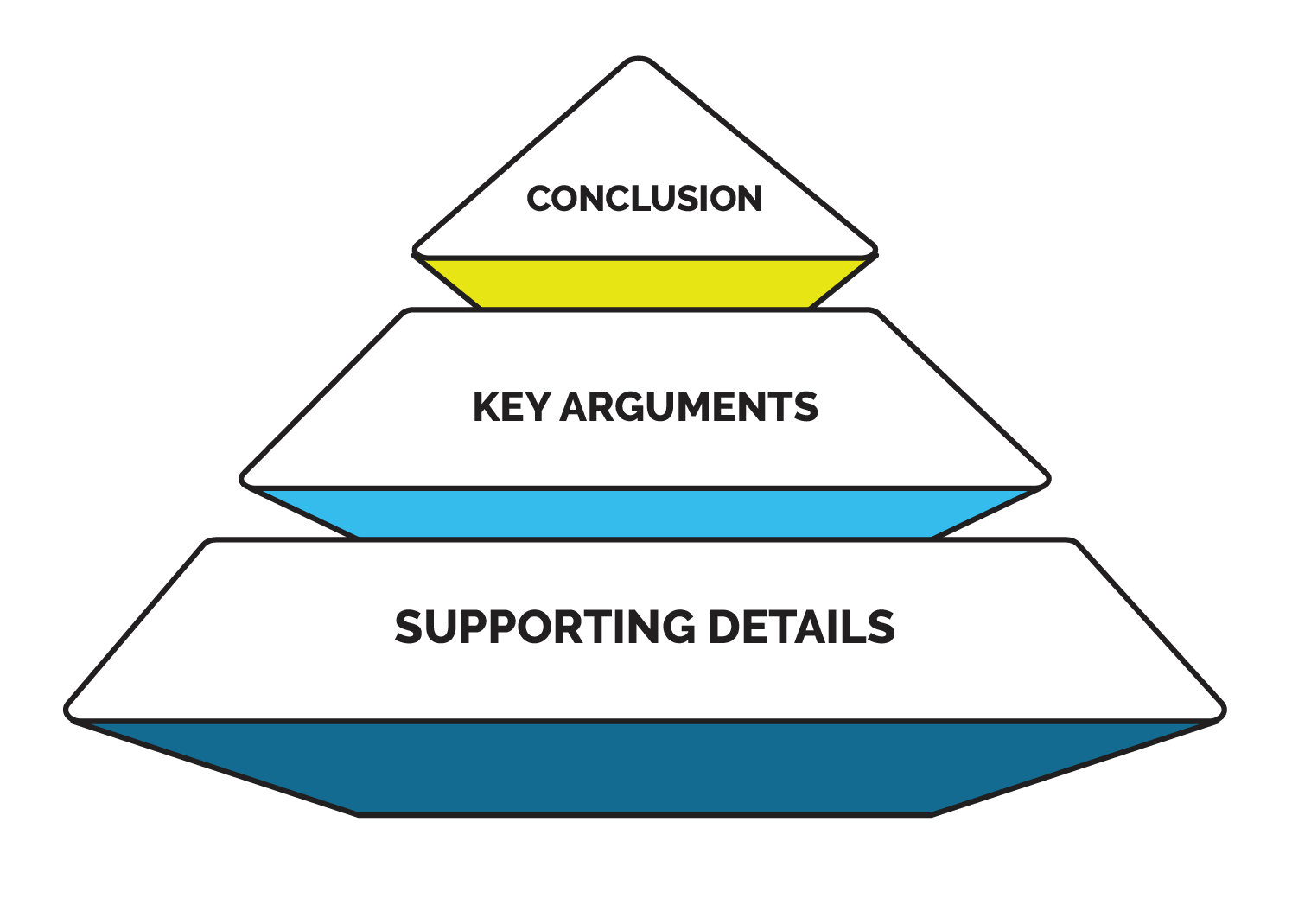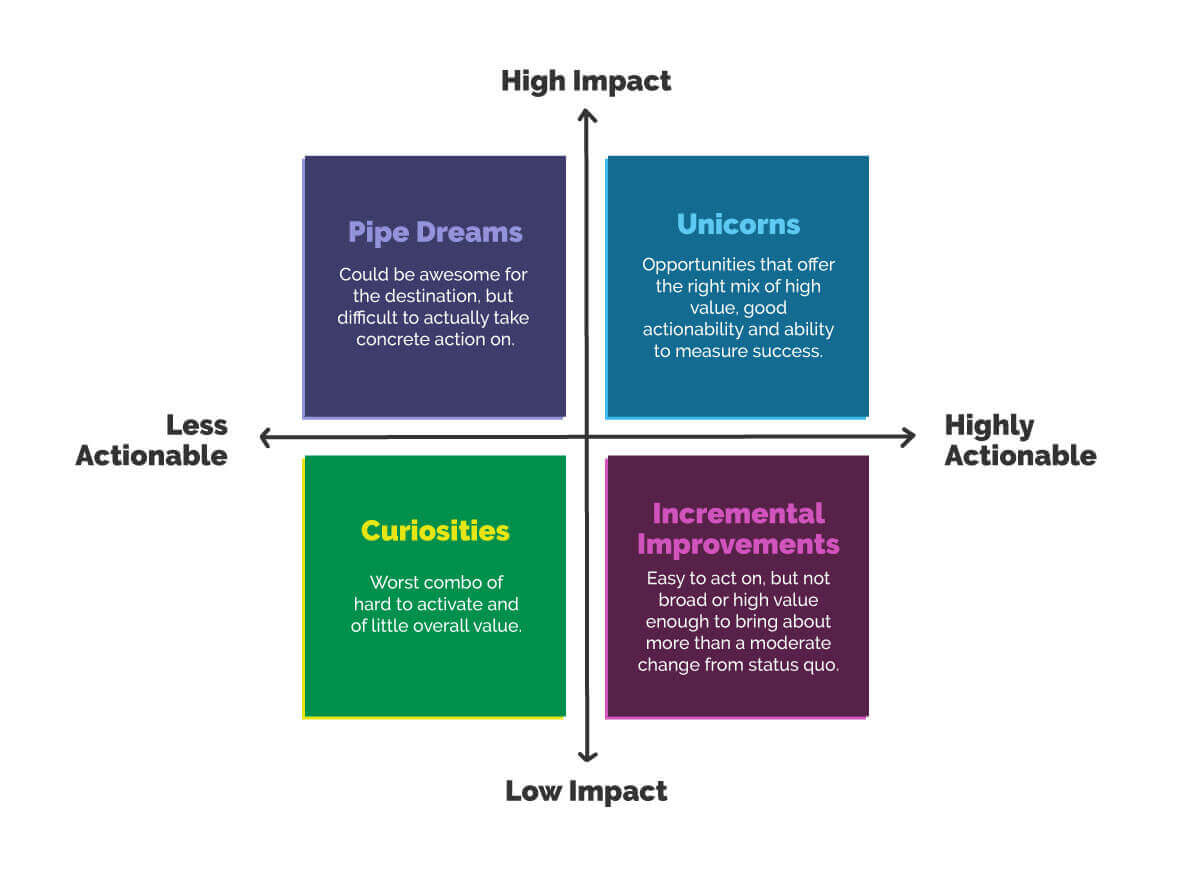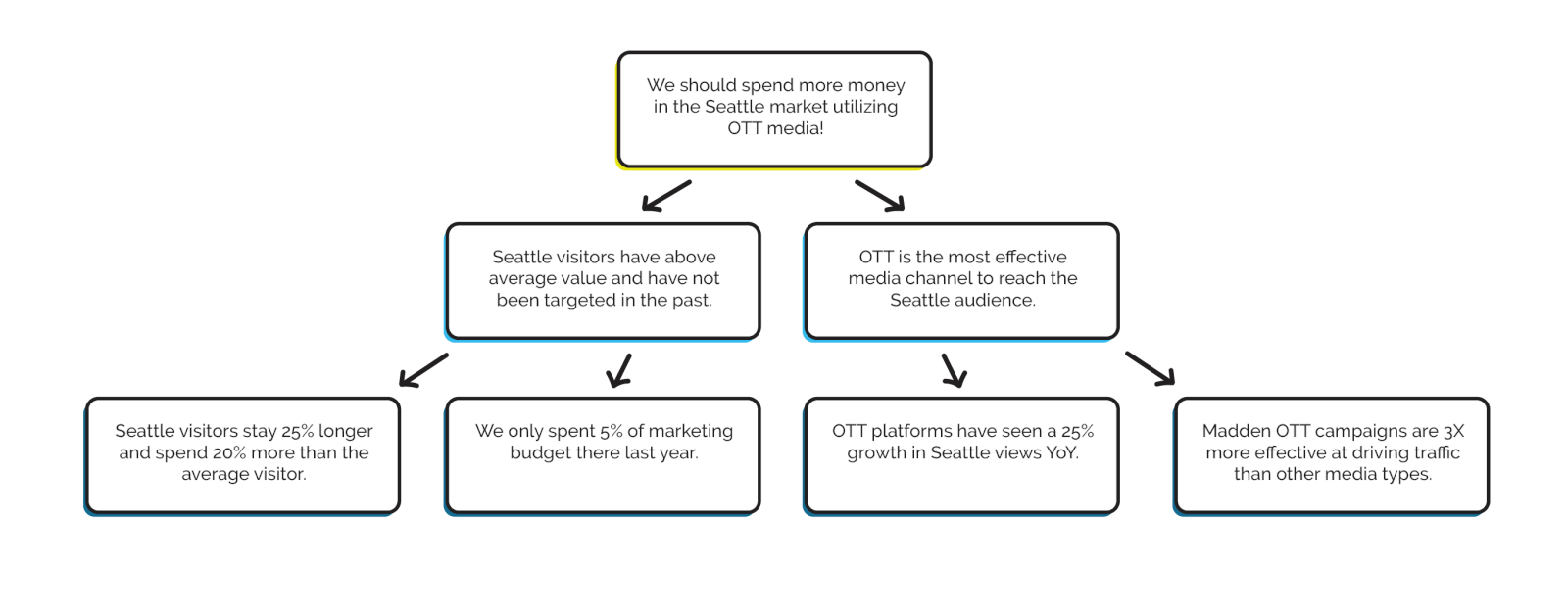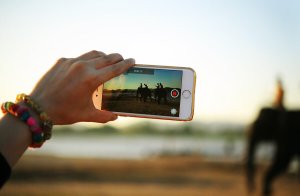Evolve Traditional DMO Measurement with the KBO
March 14, 2023
By Matt Clement, Managing Partner
In 2020, when traveling all but stopped and the world went into a COVID-imposed lockdown, the destination marketing industry faced a stark reality: what is our value to our community if we can’t put “heads in beds”?
The modern destination marketing organization (DMO) was already facing increased headwinds via a combination of growing sustainable tourism concerns, funding challenges, increased community apathy towards return on investment, and a relatively narrow scope of work—especially in destinations where leisure tourism or meetings and convention are not primary economic drivers. Underpinning all these headwinds is an antiquated system of measurement—and communication of results—that has put our industry behind the proverbial “eight ball.”
KPIs are not enough
The Key Performance Indicator (KPI) is a revered and reviled word in equal measure. To some, it represents the best system of measurement we have in the DMO industry. For many others (especially those outside our industry), KPIs are generally useless vanity metrics used to prove value with little correlation to the business or economic outcomes desired by the communities we serve. Followers, reach, clicks, and impressions, these “vanity” metrics have been deemed as such because, to the casual observer, there is no apparent connection between gaining 10,000 followers on social media and meaningful business conversion.
This lack of clear connection doesn’t suggest that building a following on Instagram is not a worthy endeavor, only that our measurement process thus far hasn’t been adequate in creating a meaningful correlation between DMO activity and the types of impacts (both traditional ”heads in beds” and broader socioeconomic and development goals) that will ensure the future of our industry for many years to come.
A good friend and respected DMO leader, Visit Panama Beach CEO Dan Rowe, once told me that he hated, with a capital H, the term ”heads in beds” because, ultimately, he had no control over hotel conversion—he didn’t control the cash register and thus, couldn’t close the sale with a potential visitor.
Rowe stated that his organization’s job was to create a pipeline of awareness and demand on which his destination partners (hotels, attractions, restaurants, and others) could transact. More than that, he also felt that his organization should be a community leader in economic development, sustainability initiatives, and social equality. But how should he proceed with measuring this? Enter the Key Business Objective (KBO).
What are KBOs?
The KBO is a measurement system rather than a singular indicator. Whereas KPIs are typically limited tor measuring marketing and sales efforts, KBOs allow for more freedom and the ability to measure grander strategic goals. If KPIs are a statement then KBOs are conversations. Consider the following two statements and decide which is more compelling to you:
1.) In 2022 Visit Smithville generated an ROI of $10 for every $1 spent, an increase of 20% YoY.
2.) In 2022 Visit Smithville recorded an increase in tourism tax revenues of 10% YoY while influencing a decrease in the amount of trash collected on city streets by 20% YoY. The achievement of these goals are attributed to a 25% increase in visitation from focus markets, a half-day increase in the length of stay for regional visitors, and a successful marketing campaign asking visitors to respect our city.
So, which is more compelling? Better yet, why would one statement be more effective than the other? The first statement is concise and presents the numbers directly. It’s the basic model many DMOs have used for annual business events and board meetings for years—a big splashy statement demonstrating the value of the organization and tourism for the destination. These statements are usually ineffective and forgettable. Why? Because generally speaking, our audiences are often psychologically numbed by the large numbers (50M impressions! 100,000 website visitors!, $100M in economic impact!) or outright disbelieving due to a lack of empirical proof or solid correlation to our efforts. To combat this, we’ve tied ourselves in knots, creating ROI formulas or relying on technological solutions (media attribution) that are useful but incomplete.
The Pyramid Principle
The heart of any KBO is a data-driven system of conversation anchored by a concept called the ‘Pyramid Principle.’

The Pyramid Principle is a communication and measurement structure that starts with the conclusion, then proceeds logically through each supporting argument down to supporting details. Each level of the pyramid is, in essence, the summary of all the levels below it. The pyramid relies on inductive reasoning—using specific key arguments to form a general conclusion.
This system allows not only for creating complex, multi-faceted goals but also for a powerful method of connecting objectives often seen as siloed away from one another (such as marketing vs. convention sales goals).
At the top of our pyramid is where we’ll place our Key Business Objective. The KBO is expressed as a measurable statement: “Visit Smithville will seek an increase in tax collection by 5% YoY while retaining a resident sentiment score at or above the last surveyed level.”
Identifying your organization’s KBOs
There are many possible ways to develop KBOs, but generally, you want to consider these questions:
1.) Define your purpose
2.) Research and strategize
3.) Prioritize your KBOs
Once you’ve answered those questions (hopefully with key community leaders and stakeholders), it’s time to create the KBOs that will define your organization’s goals and help communicate its total value to the community.
Define your purpose
What are we? Where do we want to be? What are the business outcomes most desired by our key stakeholders? Remember—marketing KPIs are NOT business or community outcomes and should not be included in your KBO. As you create your KBOs, think large and involve your stakeholders— KBOs should be important to more than just those inside your organization.
Research and strategize
Dive into the information and research you have on hand; what do you have, and will you need to measure your KBO adequately? What data types will form the key arguments and supporting details? If trash collection is a part of your KBO…where can you find that information? This is where you can determine whether a particular KBO can be adequately measured (and proven) through the entire Pyramid mentioned above.
Prioritize your KBOs
Sort all the possible KBOs into one of four buckets, organized by the most actionable and impactful to the opposite end of the spectrum.

Unicorns
These are KBOs that are actionable, impactful, and empirically measurable—think increasing overall visitor length of stay (or spend), increasing hotel ADR (which can be tackled from several directions), or even sustainability goals. Unicorns are what we’re after! These KBOs create the most synergy between what’s important to the community and your DMO’s charter.
Incremental Improvements
These KBOs are highly actionable, but lacking actual business or community impact. Historically, these goals have been dominated by marketing KPIs (increasing website visitation or the number of ads clicked). Marketing KPIs are essential pieces of the puzzle, but lack the impact to be a legitimate organizational measurement. What is the purpose of increasing the number of website visitors? What does that effort tie into that impacts the community in an objectively measurable way?
Curiosities
These KBOs are neither actionable nor particularly impactful. These KBOs can require some harsh self-reflection to recognize. Is developing a light rail on Main Street cool? Sure, but will it be genuinely impactful (or reasonable)? Probably not, and thus, avoiding a potential “boondoggle” is best.
Pipe Dreams
These KBOs would have a huge impact but are either unmeasurable or nearly impossible to bring to fruition. A new Disney theme park in Waco, TX, would be amazing! But unlikely the best use of resources for the team at Visit Waco to pursue and, thus, not a great KBO.
Executing your KBOs
Once you identify KBOs, you’ll need to decide on the key arguments supporting the correlation between your organization’s activities and the achievement of the KBOs.

You’ll notice the bottom tier above are all the marketing KPIs we’re used to seeing. They haven’t been forgotten, just deprioritized to a supporting role vs. a leading one—which is where they should have been all along!
Your marketing KPIs (or other tactical level measurements) should connect your organization’s efforts to specific, key arguments which collectively support the indicated achievement of a KBO. In other words, if a KBO is to increase tax revenues by 10%, and increasing visitation from Seattle would help achieve that goal (because your data says people from Seattle stay longer and spend more per trip), the key argument is measuring the increase in visitors from Seattle. At the same time, the supporting details spell out all the efforts your organization took to draw those visitors to the town.
This framework can replace ineffective declarative statements (we generated a trillion dollars in economic impact last year!) with a flexible, data-driven conversation that correlates truly impactful organizational goals with all your efforts.



